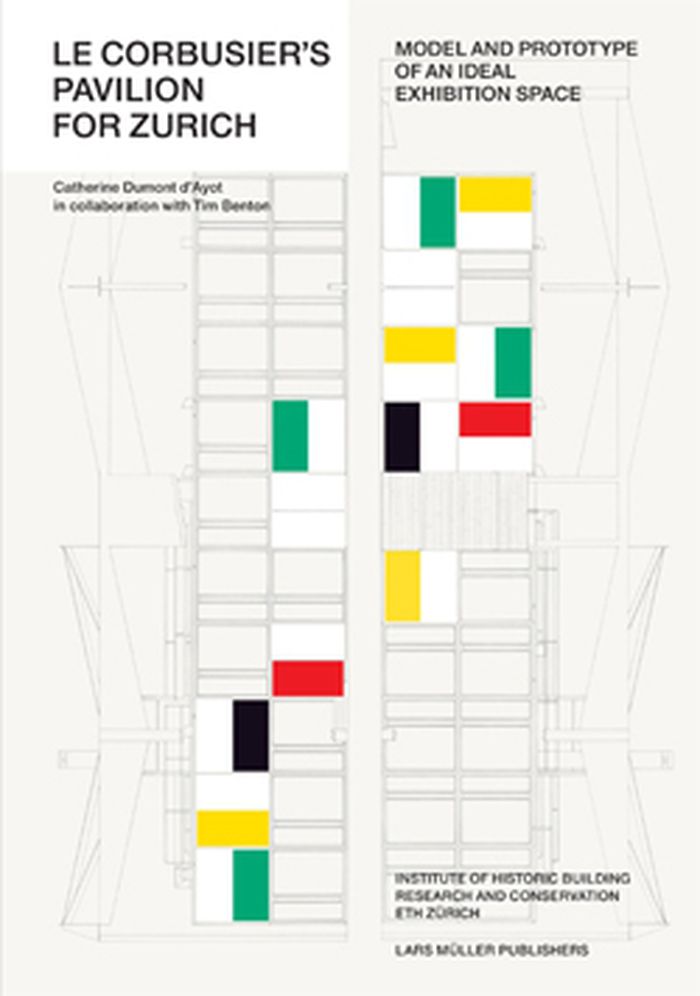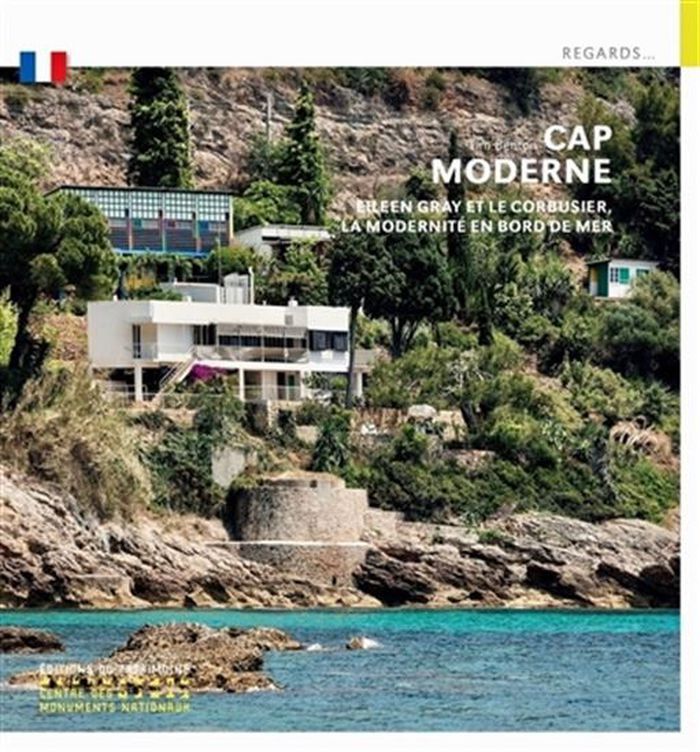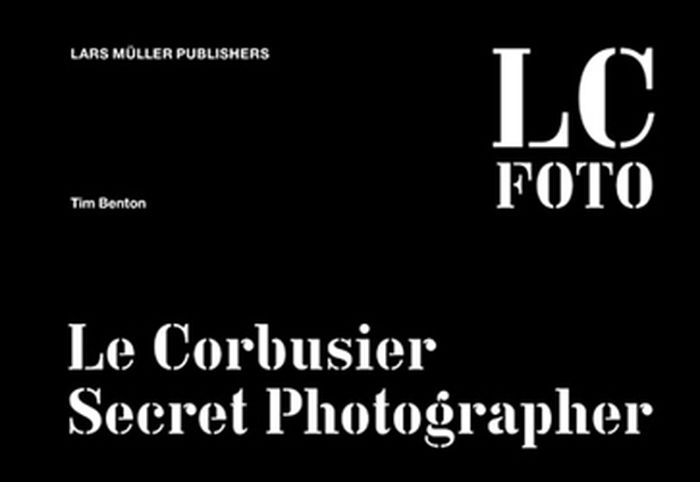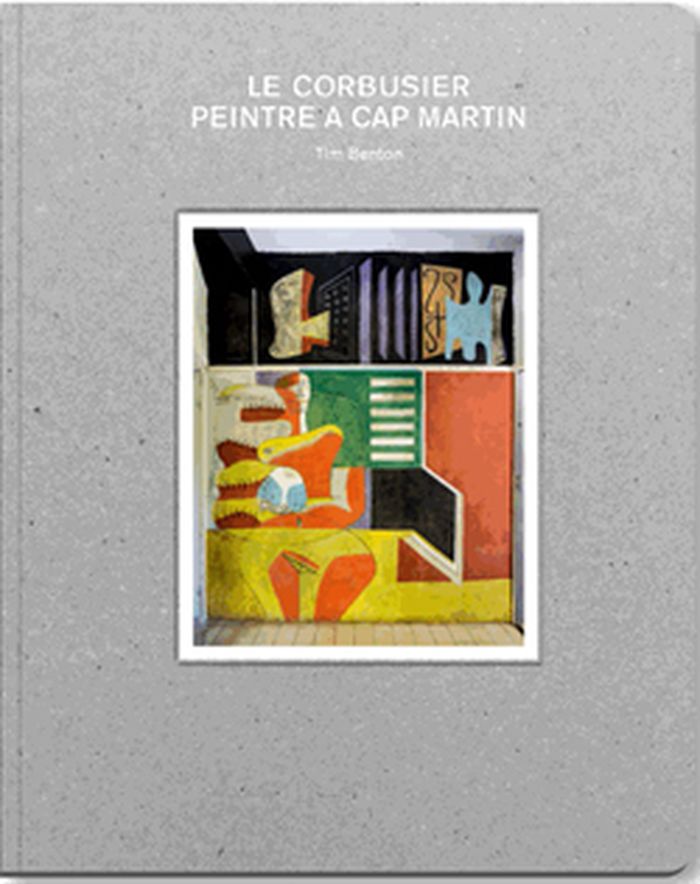$50.00
(available in store)
Summary:
Le Corbusier's Pavilion for Zurich uses numerous handwritten documents, drawings, and papers to trace the history of Le Corbusier's last built work. This dwelling, which is also a museum, was initiated by Zurich gallery owner Heidi Weber. With its abstract forms and colors, it represents an intellectual legacy of the famous architect in which the further development of(...)
December 2012
Le Corbusier's Pavilion for Zurich: model and prototype of an ideal exhibition space
Actions:
Price:
$50.00
(available in store)
Summary:
Le Corbusier's Pavilion for Zurich uses numerous handwritten documents, drawings, and papers to trace the history of Le Corbusier's last built work. This dwelling, which is also a museum, was initiated by Zurich gallery owner Heidi Weber. With its abstract forms and colors, it represents an intellectual legacy of the famous architect in which the further development of architecture as envisaged by Le Corbusier is clearly legible. From the first ideas and sketches from and beyond, the genesis of this exceptional building - the completion of which the architect did not live to see - is presented with illustrations and documents. This book explains the significance of the pavilion, which differs strongly from the beton brut of Le Corbusier's late work, in terms of its position as one of the architect's central and forward-looking works.
$28.95
(available in store)
Summary:
Présentation du site de Cap Moderne à Roquebrune-Cap-Martin, qui regroupe la villa E-1027, icône de l'architecture moderne créée à la fin des années 1920 par Eileen Gray, le bar-restaurant L'étoile de mer, qui contient deux peintures murales de Le Corbusier, le Cabanon construit par ce dernier ainsi que ses cinq Unités de camping. Cette édition intègre les récents travaux(...)
Cap Moderne: Eileen Gray et Le Corbusier, la modernité en bord de mer
Actions:
Price:
$28.95
(available in store)
Summary:
Présentation du site de Cap Moderne à Roquebrune-Cap-Martin, qui regroupe la villa E-1027, icône de l'architecture moderne créée à la fin des années 1920 par Eileen Gray, le bar-restaurant L'étoile de mer, qui contient deux peintures murales de Le Corbusier, le Cabanon construit par ce dernier ainsi que ses cinq Unités de camping. Cette édition intègre les récents travaux de ce site unique.
Architecture Monographs
$87.00
(available to order)
Summary:
Le Corbusier: Secret Photographer provides new insights into Le Corbusier's visual imagination, his changing attitudes towards nature and materials in the 1930s, and his distrust of progress. While Le Corbusier always claimed that he saw no virtue in taking photographs, he actually bought three cameras and took several hundred photographs between 1907 and 1917, many of(...)
Le Corbusier: secret photographer
Actions:
Price:
$87.00
(available to order)
Summary:
Le Corbusier: Secret Photographer provides new insights into Le Corbusier's visual imagination, his changing attitudes towards nature and materials in the 1930s, and his distrust of progress. While Le Corbusier always claimed that he saw no virtue in taking photographs, he actually bought three cameras and took several hundred photographs between 1907 and 1917, many of them of publishable quality. In 1936 he acquired a 16mm movie camera and took 120 sequences of film and nearly 6,000 photographs with it. This previously unpublished material is the basis for the publication.
Photography monographs
$54.95
(available to order)
Summary:
C’est en 1937 que Le Corbusier découvre Roquebrune-Cap-Martin et la villa de Jean Badovici E-1027, dessinée en grande partie par l’irlandaise Eileen Gray entre 1927 et 1929. Il y revient en 1938 et en 1939. Impressionné par l’ingéniosité et le charme de la villa il passe des moments agréables face à la mer et mène une vie tranquille et simple, au contact de la(...)
Le Corbusier, peintre à Cap-Martin
Actions:
Price:
$54.95
(available to order)
Summary:
C’est en 1937 que Le Corbusier découvre Roquebrune-Cap-Martin et la villa de Jean Badovici E-1027, dessinée en grande partie par l’irlandaise Eileen Gray entre 1927 et 1929. Il y revient en 1938 et en 1939. Impressionné par l’ingéniosité et le charme de la villa il passe des moments agréables face à la mer et mène une vie tranquille et simple, au contact de la nature.Alors que la peinture murale est en complète contradiction avec sa définition de l’architecture comme « pur jeu de lumière et de volumes », Le Corbusier va réaliser sur ce site divers muraux, tant dans la villa d’Eileen Gray que sur les murs de L’Étoile de mer et sur les parois de son Cabanon. L’auteur revient sur les différents facteurs ayant conduit à cette conversion et replace cette évolution de l’architecte dans le contexte plus général de la peinture murale à cette période. Cet ouvrage documente, pour la première fois, l’ensemble de cet œuvre peint et dessiné, toujours existant pour la majeure partie, et donne également à voir un Le Corbusier plus libre et véritable amoureux de la Méditerranée.
Architecture Monographs



